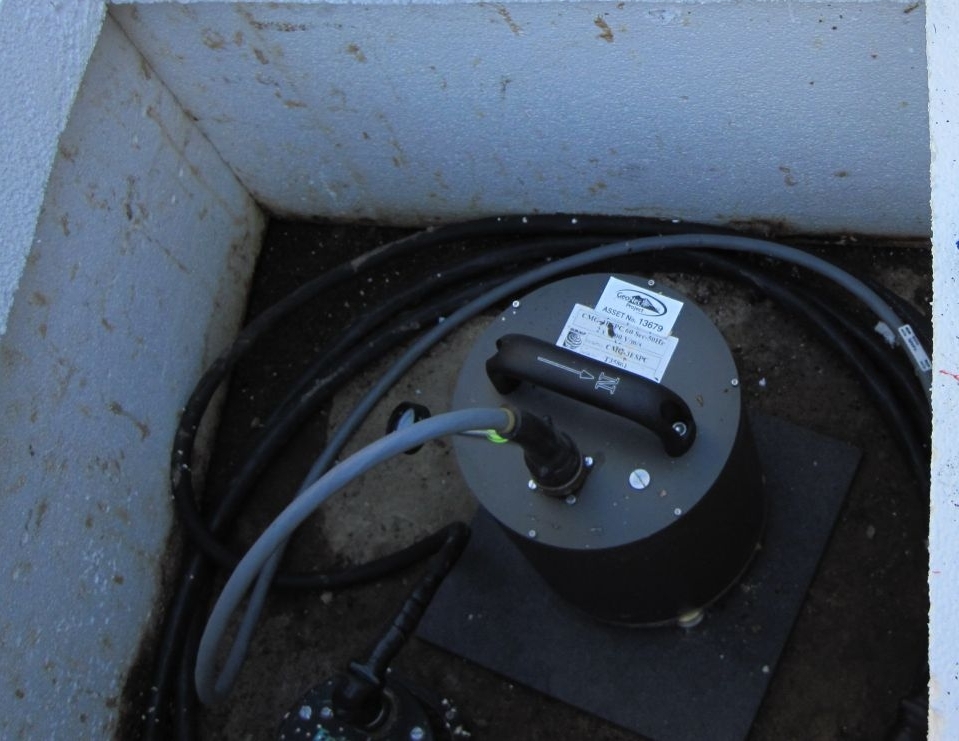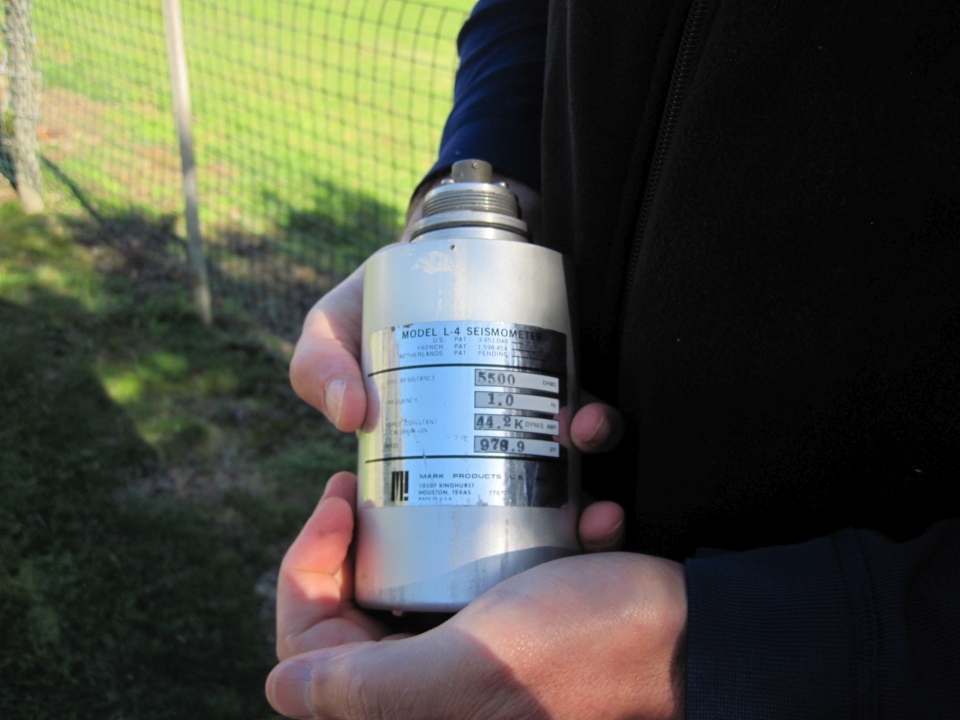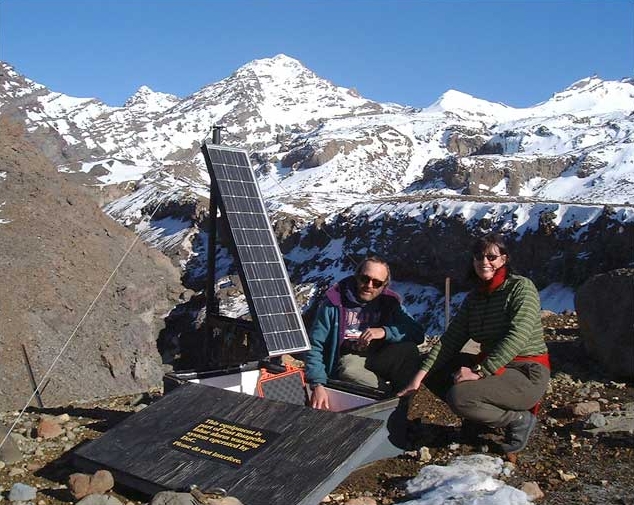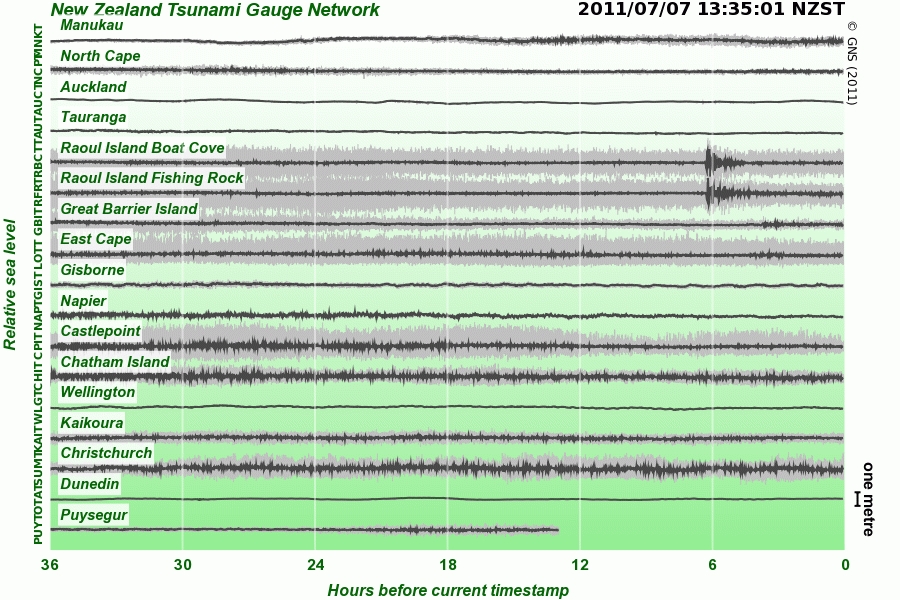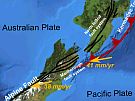Understanding and monitoring seismic activity
GNS Science runs the GeoNet project. This project is funded by EQC. GeoNet monitors New Zealand's earthquakes, large and small, and our active fault lines in order to understand past events, and prepare for the future.
Monitoring earthquakes
To better understand earthquakes scientists work on;
- identifying faults and measuring movement
- locating earthquakes
- finding out how often earthquakes occur on specific faults
- maintain a national network of seismographs
- place strong motion sensors in areas prone to large earthquakes near buildings and bridges to monitor how structures perform in earthquakes
- use GPS equipment to pinpoint where strain is building up or being released in the Earth’s crust
- model earthquake effects on communities
- develop design requirements and engineering solutions to improve survival rates and protect buildings and infrastructure
Monitoring active volcanoes
There are 12 active volcanic areas in New Zealand. Although the probability of an eruption affecting a large area is relatively low in any one year, New Zealand needs to be prepared for a range of styles of volcanic eruptions.
The GeoNet project (GNS Science) maintains permanent surveillance at active and potentially active volcanoes to detect the early signs of increased seismic and volcanic activity. This equipment is also used to analyse the impacts of eruptions and model future eruptions.
Tsunami detection and modelling 
To better understand tsunami and the risk for New Zealand scientists work on;
- identifying tsunami sources and modelling waves
- studying offshore faults and earthquakes that may produce local tsunami
- identifying tsunamis that have occurred in the past and measuring their impact
- working with scientists from other countries to share information and research
- monitoring earthquakes that could produce tsunami
- LINZ maintain a network of tide gauges to detect arrival and height of tsunami waves
- modelling local tsunami produced by earthquakes, undersea landslides and volcanoes
- educating the public so people know what to do if there is a tsunami
Monitoring and modelling landslides
Unstable land, intense rainfall, earthquakes and people developing the land can lead to landslides. Studying ground stability, landslide events and triggers and locating faults can help us to understand landslides better.
Survey equipment can be used to measure movement and modelling landslides can help identify areas at risk and inform decisions on land use.

